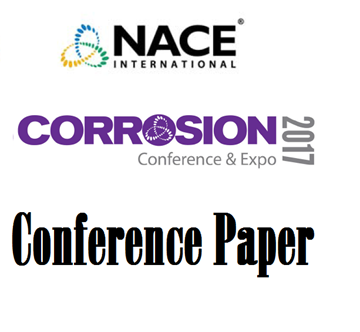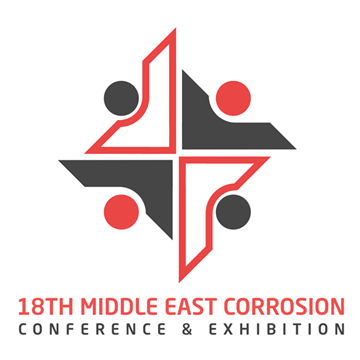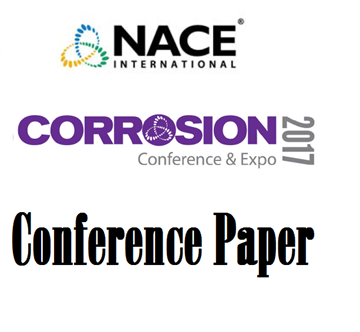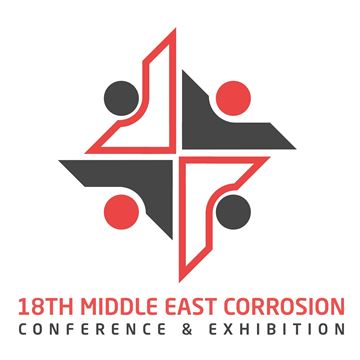Search
Products tagged with 'numerical simulation'
View as
Sort by
Display
per page
Compatibility Analysis of Regional CP System and Electrical Grounding System in Oil/Gas Stations
Product Number:
51317--9254-SG
ISBN:
9254 2017 CP
Publication Date:
2017
$20.00
Interference Study between a Solar Array Power Station and a Transmission Pipeline
Product Number:
51324-21051-SG
Publication Date:
2024
$40.00
Numerical Simulation of Punching Shear Capacity of GFRP Bar Reinforced Concrete Slabs-on-Ground Designed for Shrinkage and Crack Width Control
Product Number:
MECC23-20047-SG
Publication Date:
2023
$20.00
Study on the Mechanism and Influencing Factors of High Voltage Direct Current Interference
Product Number:
51317--9293-SG
ISBN:
9293 2017 CP
Publication Date:
2017
$20.00
The Latest Developments on Cathodic Protection Technologies in China
Product Number:
MECC23-19994-SG
Publication Date:
2023
$20.00





